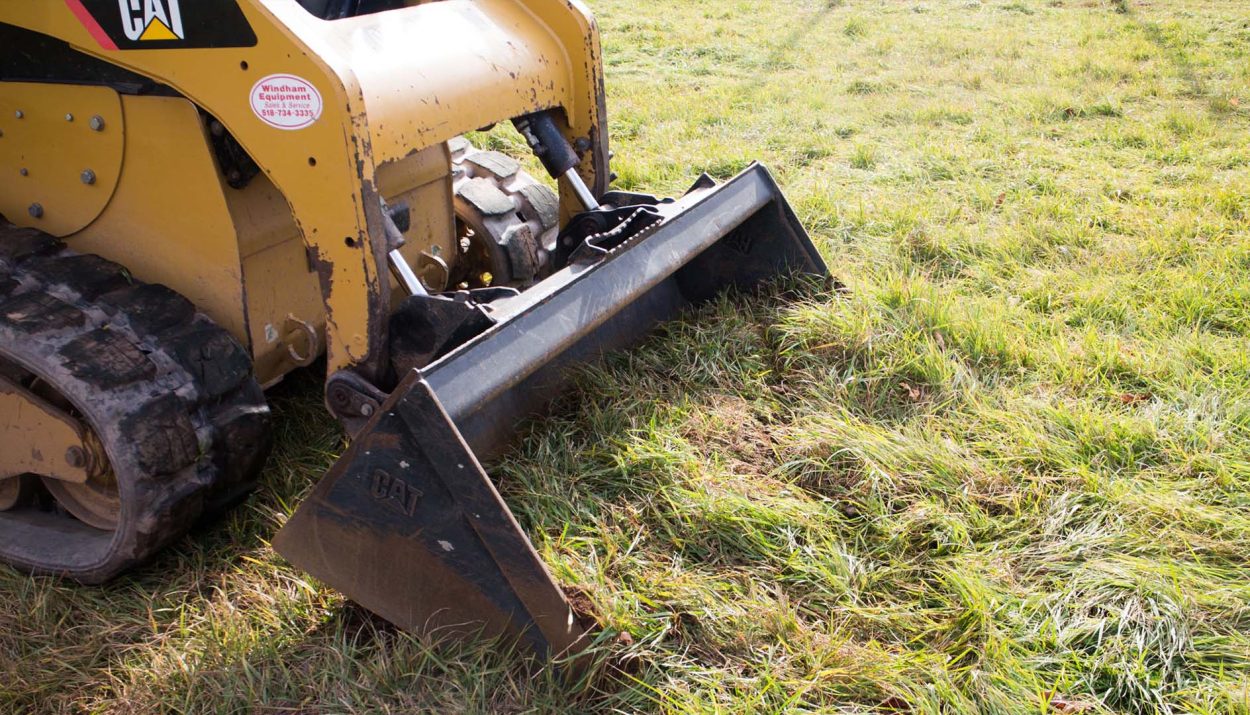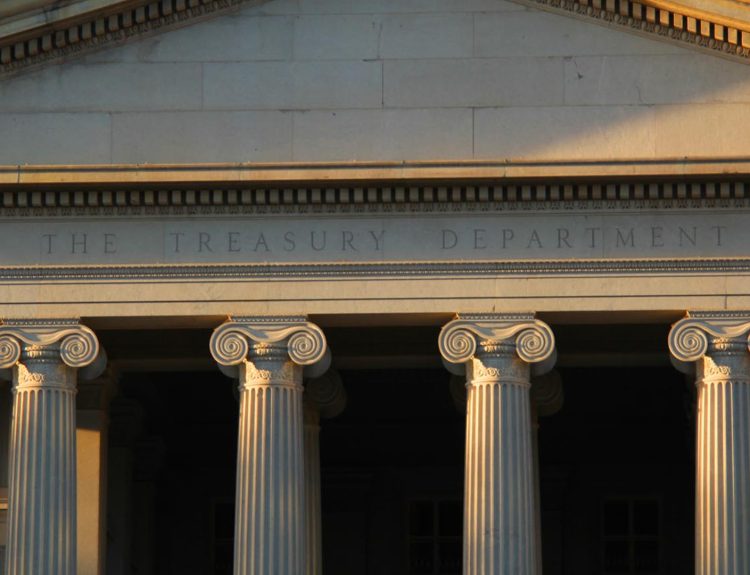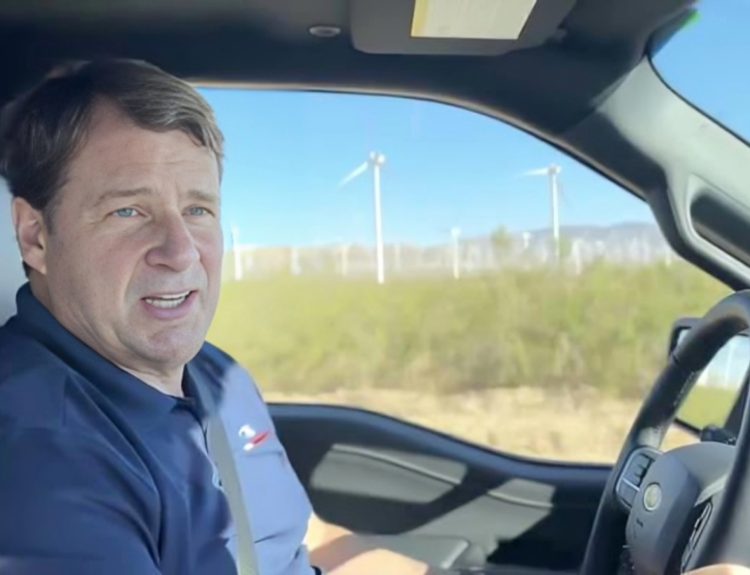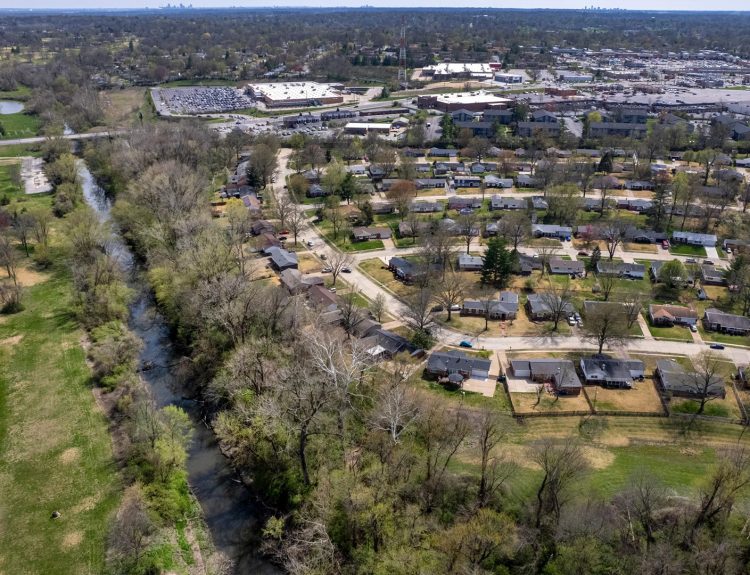What if you could save money and water just by letting your lawn grow naturally? Utah lawmakers think this is very possible and are working towards making this a reality.
The state’s legislative body proposed last month to set aside $12 million to continue paying residents to replace their thirsty, high-maintenance grass with more natural, water-efficient alternatives.
Utah’s Eco-Friendly Initiative
Utah’s turf buyback program which started in 2019 has helped homeowners remove more than four million square feet of lawn. In exchange, people who engage in the program receive funds to reshape their yards with climate-approved plants.

Also, they can choose to give their lawns to handscaping. ‘Handscaping’ refers to the non-living elements of landscaping. These elements include pathways, walls, patios, or decks. The aim is to build drought-resistant yards that require minimal maintenance. This is very beneficial because of the water scarcity ailing the Great Salt Lake region.
Saving Water And Money
Residents of Utah don’t have to go all-or-nothing. Whether they cut down just one section or pull down the whole thing, they’ll conserve water and money. The program even gives funds to residents with special needs and low income.
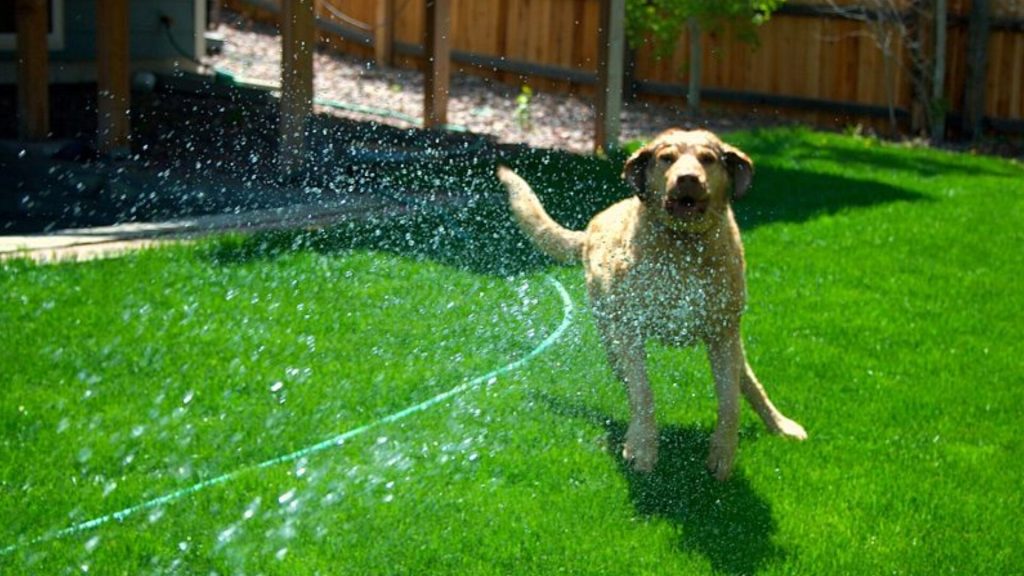
If you don’t live in Utah, you can still be part of this great movement. By swapping even a small area of grass for native flowers like coneflowers or blanket flowers, you can invite helpful pollinators to your yard.
Options To Water-Wise Landscaping
Harder choices like clover or buffalo grass are known to thrive with even less water. Or you can go with xeriscaping with gravel, boulders, and cacti. With xeriscaping you can reshape your lawn to require little or no irrigation through drought-resistant plants, efficient irrigation methods, and mulching.

All of these methods help create beautiful landscapes that are highly sustainable. Urban homeowners are not the only ones who participate and profit from this. The funding can help split-season leases that pay farmers to grow less water-needy crops per year.
Split-season Leases For Farmers
The appropriations subcommittee heard a request for $500 million in funding that would be part of the $25 million in new money Cox requested for the Great Salt Lake.
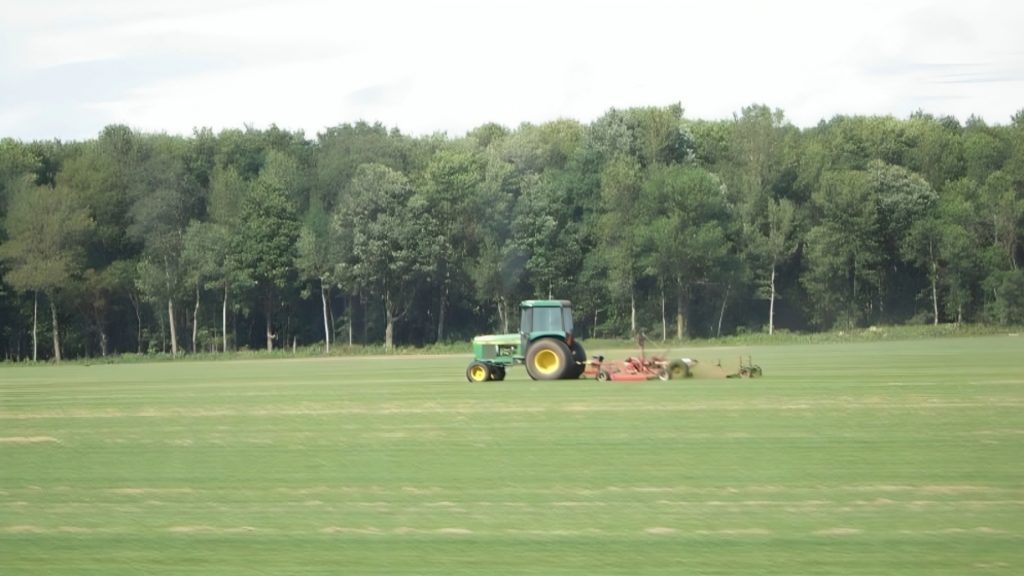
Tim Davis, deputy Great Salt Lake Commissioner, said the money would facilitate ‘split season leases for farmers.’ What that means is that even though a farmer could grow four separate crops of alfalfa during one season, a split lease would allow that farmer to only grow half of that and be compensated for water savings.
Initiative To Fund Pilot Projects
Davis said the money would support pilot projects on-site to prove the effectiveness of the program. It would also give the Great Salt Lake commissioner the ability to coordinate with the Utah Department of Agriculture and Food.
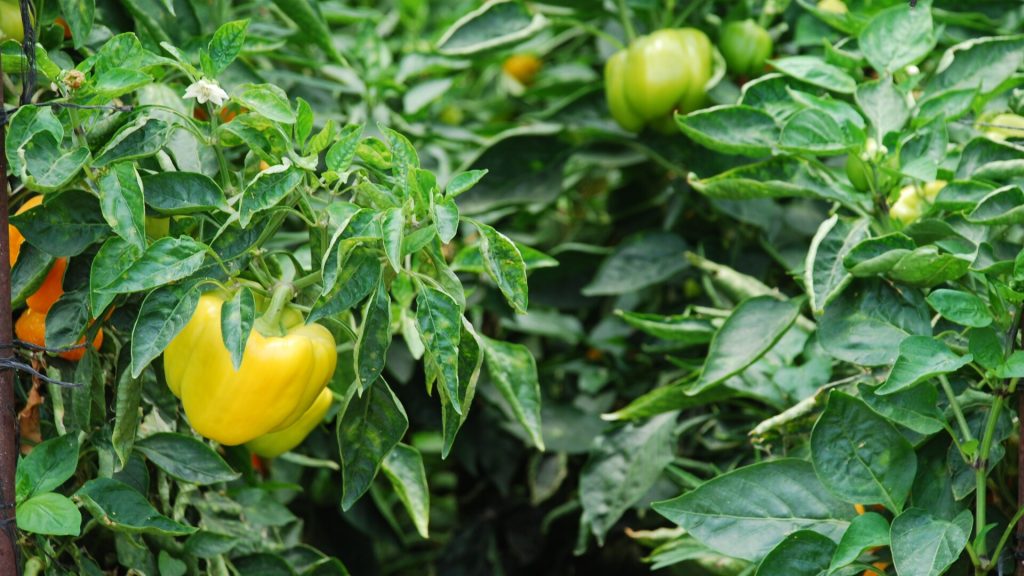
Warren Peterson told the committee a measure like that has been in the pipeline for a while and is necessary so as to grant farmers some assuredness that their needs will be taken care of when it comes to split water leases.
Addressing Farmer Confusion
Peterson, a seasoned water law attorney who serves on the Utah Water Task Force, said there has been ongoing confusion about the usefulness of such a measure and how it would exactly work.

“I’ve been stopped by farmers who say they are just not quite sure how to put this together,” said Peterson, who is also a Delta rancher and farmer. “We need to put something in the farmer’s hands so that they can do the economic analysis and feasibility analysis for their implementation of one of these projects.”
Water Conservation: Present And Future
“When we look at water, there is not any more water being created today,” Mark Stafford said. He’s a general counsel with the Jordan Valley Water Conservancy District. “We need to look at what we are using today and find ways to be more efficient.”
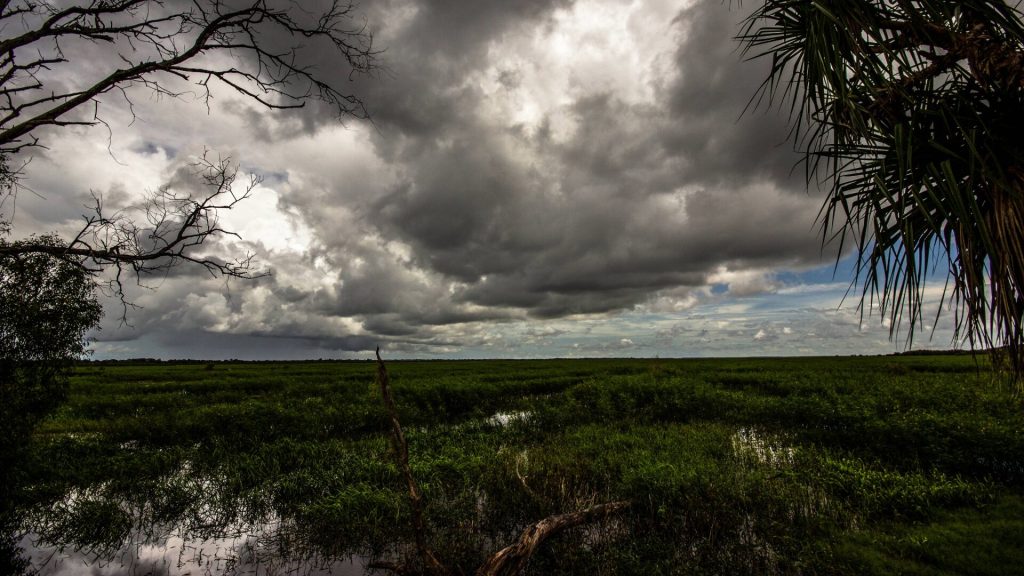
While Utah is currently fronting the turf-stripping initiative, the future of the U.S. is green with or without the traditional lawn. “If you are only walking on your lawn once a week to mow it, it could probably be turned into something else,” Candice Hasenyager, director of the Utah Division of Water Resources said.
Research Funds For Agricultural Optimization
There was also a request last month for $400,000 for additional research in the area of agricultural optimization. This is to help determine the best practices and how water can be saved most effectively.

Research requests will be reviewed by the agricultural optimization committee. The funding for $400,000 will be awarded to Utah State University for additional staff and research. The Great Salt Lake Basin in particular will feature high up the priority list as lawmakers continue to look for more ways to get water to the lake.
Leading The Change
A series of funding requests related to water was heard in the Natural Resources, Agriculture, and Environmental Appropriations Subcommittee Tuesday. That subcommittee will rank its priorities in the next few weeks.
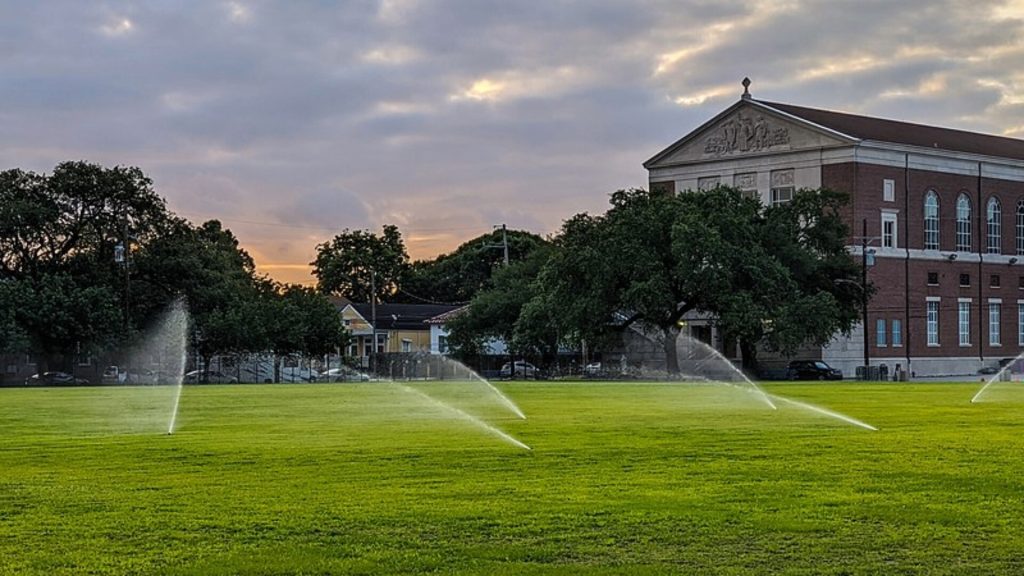
This follows earlier efforts made by the state legislature. Last year, Utah launched a new, first-of-its-kind statewide incentive program. The program sought to help Utah residents recover some of the costs of replacing turf grass.
Opt For Less-Thirsty Landscape
In turn, residents can afford less thirsty landscape alternatives. The state’s legislature allocated $5 million in one-time funds and $3 million more in funds during last year’s legislative session to kickstart the program.

The program ran through Utah Water Savers. The body was originally founded by the Jordan Valley Water Conservancy District in 2017.
Grass Doesn’t Belong Everywhere
Utahns living in areas that have adopted new water efficiency standards for new construction were able to apply online to get around $3 for every square foot of grass they replace with water-efficient landscaping through the new program.

The state also kickstarted a public awareness advertisement campaign called “Grass Doesn’t Belong Everywhere.” The campaign will appear on billboards, social media spots, and other mediums across the state in a bid to find ways to reduce future water waste.
Irrigation Impact On Utah Water Usage
Outdoor irrigation is said to account for about 60% of all residential water use, according to the Utah Division of Water Resources.
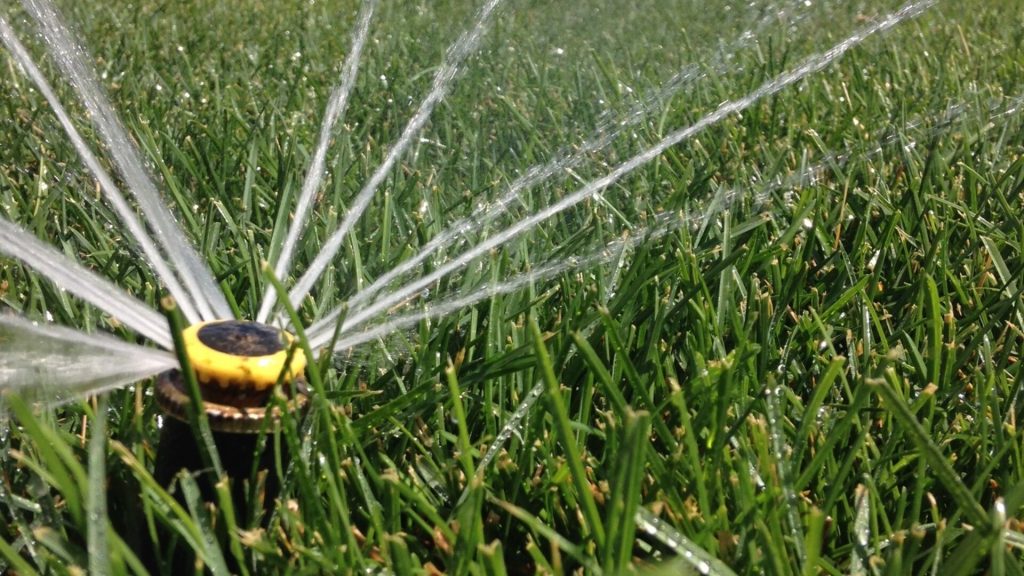
Its officials claim that by cutting back on lawn watering, 3,000 gallons of water can be saved. Especially for residents who live on the average quarter-acre lot yard with about 0.17 acres of green space.

